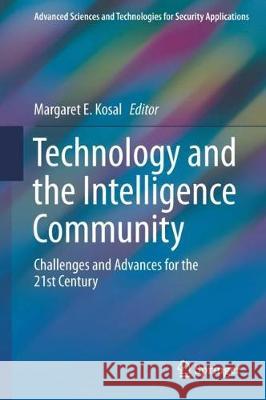Technology and the Intelligence Community: Challenges and Advances for the 21st Century » książka
topmenu
Technology and the Intelligence Community: Challenges and Advances for the 21st Century
ISBN-13: 9783319752310 / Angielski / Twarda / 2018 / 287 str.
Technology and the Intelligence Community: Challenges and Advances for the 21st Century
ISBN-13: 9783319752310 / Angielski / Twarda / 2018 / 287 str.
cena 564,88 zł
(netto: 537,98 VAT: 5%)
Najniższa cena z 30 dni: 539,74 zł
(netto: 537,98 VAT: 5%)
Najniższa cena z 30 dni: 539,74 zł
Termin realizacji zamówienia:
ok. 22 dni roboczych
Bez gwarancji dostawy przed świętami
ok. 22 dni roboczych
Bez gwarancji dostawy przed świętami
Darmowa dostawa!
Kategorie BISAC:
Wydawca:
Springer
Seria wydawnicza:
Język:
Angielski
ISBN-13:
9783319752310
Rok wydania:
2018
Wydanie:
2018
Numer serii:
000307417
Ilość stron:
287
Waga:
0.64 kg
Wymiary:
24.03 x 16.54 x 2.18
Oprawa:
Twarda
Wolumenów:
01











